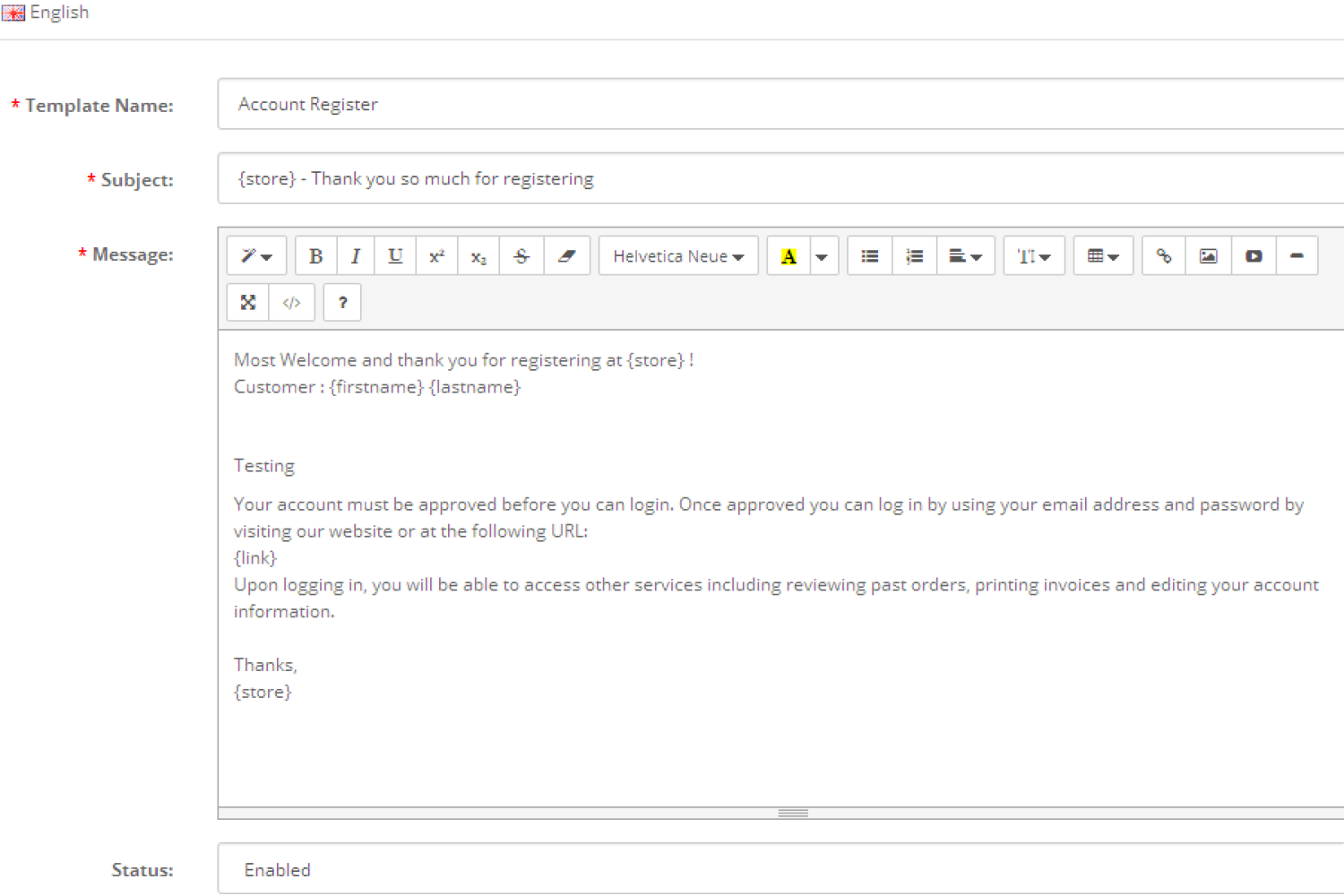In today’s fast-paced digital workplace, email remains one of the most essential forms of professional communication. Whether you’re reaching out to a new client, following up on a meeting, or submitting a proposal, the quality of your email can significantly impact your message’s effectiveness. A strong business email does more than relay information—it reflects your professionalism, builds credibility, and establishes trust. Understanding what makes a great business email example helps professionals at all levels communicate with clarity and confidence.
Why Business Emails Still Matter in 2025
Even with the rise of instant messaging apps, collaborative platforms, and AI-driven chat tools, email is still the backbone of business correspondence. Companies use emails for everything from internal memos and policy updates to external client communications and vendor coordination. Unlike messaging platforms, emails create an official record and are often required in legal, HR, or financial documentation.
A well-structured email ensures your tone is appropriate, your message is clear, and your professionalism is evident. That’s why exploring and analyzing a good business email example is crucial—not just for beginners but for experienced professionals looking to refine their tone and delivery.
Essential Elements of a Professional Business Email
Crafting an effective business email starts with understanding the core components. Each section serves a specific purpose and contributes to the clarity of the message.
The Subject Line: First Impressions Count
The subject line is your first and often only chance to grab the reader’s attention. A strong subject line should be specific, clear, and relevant. Instead of writing something vague like “Meeting,” try “Follow-Up: Marketing Strategy Meeting – May 2025.”
Subject lines that are too generic may go unnoticed or get buried in cluttered inboxes. On the other hand, subject lines that are too long or salesy might be filtered into spam.
The Salutation: Setting the Right Tone
How you begin your email sets the tone for the rest of the message. Common business greetings include “Dear [Name],” “Hi [Name],” or in more formal cases, “To Whom It May Concern.” Personalizing your salutation with the recipient’s name is always a good idea, as it shows attention to detail and professionalism.
Avoid overly casual openings such as “Hey” or “Yo,” especially if you’re emailing someone you don’t know well.
Writing the Email Body with Clarity and Purpose
The body of your email should be focused, respectful of the recipient’s time, and easy to scan. Use short paragraphs, clear transitions, and always explain the reason for your email early on.
Opening Sentence: Make Your Intent Clear
Your first sentence should immediately indicate the purpose of the message. For instance: “I’m writing to confirm our partnership meeting scheduled for Thursday, June 6,” or “I’d like to introduce myself and share a brief overview of our services.”
This upfront clarity builds trust and helps the reader quickly understand what is expected.
Main Content: Provide Relevant Details
After your opening line, the body should provide all necessary information without overwhelming the reader. This section can include:
- Key facts
- Context or background
- Deadlines
- Action items
Make use of whitespace and clear transitions so that your message flows naturally. This ensures the recipient doesn’t miss important points.
The Closing Line: Guide the Next Step
Always end your email with a sentence that outlines the next step. This might be a question, a call to action, or a confirmation. Examples include: “Please let me know if Thursday at 2 PM works for you,” or “Looking forward to your feedback on the attached proposal.”
A closing line that guides action shows initiative and makes it easy for the recipient to respond.
Signature Matters: Adding a Professional Sign-Off
Your email signature should include your full name, title, company, and contact information. Optional additions include a professional headshot, social media links, or a confidentiality disclaimer. Stick with standard closings such as:
- Best regards,
- Sincerely,
- Kind regards,
- Yours faithfully (more formal)
Avoid casual closings like “Cheers” unless you’re sure it’s acceptable within the context of your company culture or industry.
Business Email Example: Putting It All Together
Let’s take a look at a clean and effective business email example in full context. This scenario assumes the sender is reaching out to a potential client.
Subject: Proposal for Digital Marketing Collaboration
Dear Ms. Thompson,
I hope this message finds you well. My name is Amanda Reed, and I’m the Director of Strategic Partnerships at BrightLine Digital. I’m reaching out to share a customized proposal that could enhance your brand’s visibility through a targeted digital marketing campaign.
Over the past few weeks, our team has researched your market presence and identified opportunities to grow your reach across new digital channels. I’ve attached a brief deck that outlines our strategy, budget estimates, and the projected impact on audience engagement.
We’re confident that our tailored approach will deliver measurable results and align with your business goals for Q3.
Please feel free to review the attached presentation, and let me know if we can schedule a call next week to discuss this further. I’m available Monday through Thursday between 10 AM and 3 PM EST.
This business email example is professional, clear, and personalized. It presents the purpose early, includes relevant details, and closes with a specific next step.
Formal vs. Informal Business Emails
Understanding when to be formal and when to be conversational is a skill every professional must develop. While most client and partner-facing emails require a formal tone, internal communications among colleagues can often be more relaxed—depending on the company culture.
Formal Emails
These are often used for job applications, customer interactions, legal discussions, or high-stakes business communication. They typically include:
- A formal greeting and sign-off
- Proper grammar and punctuation
- Full sentences with no abbreviations or slang
Informal Emails
These are suitable for internal use, team updates, or conversations with coworkers you know well. They may include:
- A casual tone
- Abbreviations (e.g., FYI, ASAP)
- Emoticons or light humor (where appropriate)
When in doubt, it’s best to err on the side of formality, especially if you’re communicating for the first time.
Tips for Avoiding Common Business Email Mistakes
Even well-intentioned emails can come off poorly if certain mistakes creep in. Here are some common pitfalls to watch for:
Vague Subject Lines
Avoid subject lines that are too generic, such as “Question” or “Update.” Instead, be specific: “Clarification on Q2 Budget Submission – Due June 10.”
Emotional Language
Business emails should remain calm and neutral. Avoid writing when you’re upset or frustrated, as emotional tone can come across unprofessional.
Ignoring Formatting
Long paragraphs or walls of text can make your email hard to read. Use spacing, paragraph breaks, and, when necessary, bold text to highlight key points.
How to Respond to Business Emails Professionally
Crafting a great reply is just as important as sending the original message. Whether you’re accepting an offer, declining a proposal, or asking for more time, be polite and appreciative.
Acknowledge Receipt Promptly
Even if you don’t have a complete answer yet, acknowledge the message. A quick line such as “Thanks for your email—I’ll review and get back to you shortly” maintains professionalism and shows respect.
Be Clear and Courteous
Whether you’re agreeing, disagreeing, or asking for clarification, your tone should remain professional and measured. Avoid sarcasm or overly casual language.
Conclusion: The Power of a Well-Crafted Business Email
Mastering the art of professional email writing is a skill that pays off in every industry. Whether you’re a freelancer pitching new clients, a manager communicating updates to your team, or an executive handling negotiations, your ability to craft clear, impactful emails directly affects your success.
Refining your approach by studying more than one business email example can help you adapt your tone, improve your structure, and create a lasting professional impression. As digital communication continues to evolve, emails remain a timeless tool—and using them wisely is more important than ever.
Frequently Asked Questions
What is the best format for a business email?
A professional business email should include a clear subject line, proper salutation, a concise body with a clear purpose, and a polite closing with a professional signature.
Can I use emojis in a business email?
It depends on the context and the relationship with the recipient. While emojis can be used in internal or casual communication, they are generally avoided in formal business emails.
How long should a business email be?
Keep it concise—ideally under 300 words—unless you’re sharing detailed information. Use short paragraphs and clear language to maintain the reader’s attention.
Is it necessary to include a signature in every business email?
Yes, including your name, title, and contact information reinforces your credibility and ensures the recipient knows how to reach you.
How can I improve my email writing skills?
Study strong business email example templates, practice regularly, and proofread every email before sending. Feedback from colleagues or mentors also helps refine your tone and clarity.




